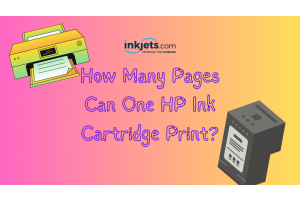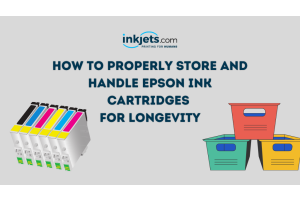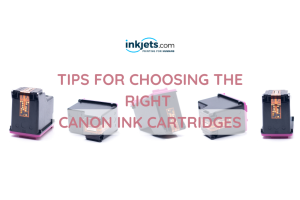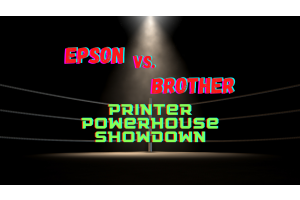
Canon printers employ two primary colorants: ink pigment and ink dye, each having its unique attributes impacting print quality, longevity, and expense.
Ink pigment comprises minuscule solid particles floating in a liquid medium. When you print with it, these particles settle atop the paper rather than seeping in. The payoff? Prints that laugh in the face of water and time, resisting fading. Given its durability, ink pigment is especially apt for prints frequently touched or left at the mercy of the elements.
Conversely, ink dye is akin to a watercolor artist's palette. Soluble in water, it blends into its liquid carrier. Once it graces paper, the dye permeates the surface, crafting smoother imagery bursting with vivacity. An added perk? The cost of dye prints typically skews lower. But there's a catch: they don't boast the same resilience or fade resistance as their pigment counterparts.
Puzzling over the perfect ink pick?
Your choice revolves around individual needs and spending power. For those championing durability and fade defiance, ink pigment is the knight in shining armor. But if vivacious colors and silky finishes make your heart skip a beat, ink dye wins the crown.


1. Dye-Based Ink
Dye-based inks are made from colorants that are fully dissolved in a liquid.
They provide bright, vibrant colors and smooth, detailed images, making them
a popular choice for photo printing.
Advantages
High color saturation: Dye-based inks are known for their vivid, bright, and highly saturated colors.
Smooth print: Because the dye is fully dissolved in the carrier liquid, dye-based inks tend to produce
smoother, less granulated images.
Cost-effective: Generally, dye-based inks are less expensive than pigment-based inks.
Drawbacks
Fading: Dye-based inks are more susceptible to fading over time, particularly when exposed to UV light.
Water sensitivity: Prints made with dye-based inks are usually more prone to damage from moisture.


2. Pigment-Based Ink
Pigment-based inks use tiny, encapsulated particles that sit on top of the paper,
rather than being absorbed into it.
They are resistant to water and UV light, making them a popular choice for documents
and prints that need to last a long time without fading.
Advantages
Durability: Pigment-based inks are resistant to water, UV light, and can withstand more handling.
This makes them ideal for documents or prints that need to last.
Sharp text: Pigment-based inks are perfect for printing text, as they produce sharp, crisp lines.
Drawbacks
Color range: Pigment-based inks generally don't provide as vibrant or as broad a range of colors as dye-based inks.
Cost: Pigment inks tend to be more expensive than dye inks.
Some Canon printers, especially photo printers, use both dye and pigment-based inks—
dye for color and pigment for black – to take advantage of the strengths of each.
Knowing the difference between the two types of ink can help you choose the right ink and printer
for your specific needs, whether you're printing color photos or black-and-white text documents.








